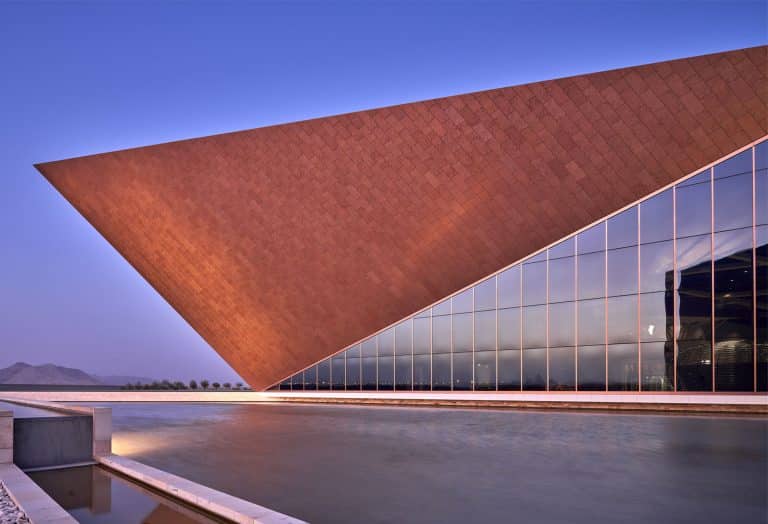Art has always been more than just paint on canvas; it serves as a mirror reflecting society’s values, fears, and aspirations while also molding cultural movements and shaping the course of history. Throughout the ages, certain paintings have emerged not only as masterpieces in their own right but also as powerful catalysts for change and inspiration.
In this journey through art’s impact across ages, we’ll delve into the historical context, cultural significance, and enduring influence of some of the world’s most renowned paintings. To navigate this exploration, we’ll draw insights from the rich collection of artworks available here: https://www.1st-art-gallery.com/most-popular-paintings.html.
Historical Context and Cultural Significance
One such painting that encapsulates the spirit of its time is Leonardo da Vinci’s “Mona Lisa.” Painted during the Italian Renaissance, this enigmatic portrait is more than just a depiction of a woman; it embodies the humanist ideals of the era, celebrating individuality and human emotion.
Its subtle smile and captivating gaze have intrigued viewers for centuries, symbolizing the complexities of the human experience amidst a backdrop of artistic and intellectual flourishing.
Moving forward to the 19th century, Édouard Manet’s “Olympia” shocked and scandalized Parisian society with its bold depiction of a nude woman reclining provocatively on a bed. This painting challenged conventions of beauty and femininity, sparking debates about morality and artistic freedom. In doing so, it paved the way for the emergence of modernism and the avant-garde movements that would follow.
Influence on Cultural Movements
The impact of these paintings extends beyond their immediate historical contexts, influencing broader cultural movements and artistic trends. The Renaissance paintings, with their emphasis on realism and perspective, laid the foundation for the revival of classical ideals and the rebirth of learning and innovation.
Similarly, the modernist works of artists like Pablo Picasso and Wassily Kandinsky reflected the tumultuous social and political upheavals of the early 20th century, capturing the fragmented nature of modern existence and pushing the boundaries of artistic expression.
Impact on Literature
Art and literature have always been intertwined, with painters inspiring writers and vice versa. Take, for example, Vincent van Gogh’s “Starry Night,” a mesmerizing depiction of the night sky swirling above a tranquil village. This iconic painting has inspired countless poets, novelists, and songwriters, evoking themes of beauty, solitude, and the transcendent power of nature.
Similarly, Grant Wood’s “American Gothic” has become a symbol of rural America, inspiring writers to explore themes of identity, tradition, and the complexities of the American experience.
Influence on Film and Media
The visual richness and narrative depth of these paintings have also left an indelible mark on the world of film and media. Directors like Stanley Kubrick and Alfred Hitchcock drew inspiration from artists like Edward Hopper and Salvador Dalí, incorporating their distinctive visual styles and themes into iconic films such as “2001: A Space Odyssey” and “Vertigo.” Likewise, contemporary filmmakers continue to pay homage to classic artworks, using them as visual references or thematic touchstones in their work.
Contemporary Relevance and Ongoing Impact
Even in our rapidly changing world, these paintings continue to resonate with audiences, sparking conversations about identity, politics, and society. From discussions about gender and representation to debates about cultural appropriation and colonialism, these artworks remain relevant touchstones for exploring complex social issues and imagining alternative futures.
Moreover, contemporary artists continue to draw inspiration from these masterpieces, reinterpreting them through a modern lens and infusing them with new meanings and perspectives.
Conclusion
As we reflect on the enduring power of these paintings to captivate, inspire, and provoke, we are reminded of art’s essential role in shaping our understanding of the world and ourselves. From the Renaissance to the present day, art has served as a beacon of creativity and a mirror reflecting the diverse tapestry of human experience.
By studying these masterpieces and engaging with their broader cultural contexts, we gain not only a deeper appreciation for the artists who created them but also a richer understanding of our shared history and the forces that continue to shape our world today. So let us continue to marvel at the beauty of these timeless works and embrace the cultural echoes they leave behind.









